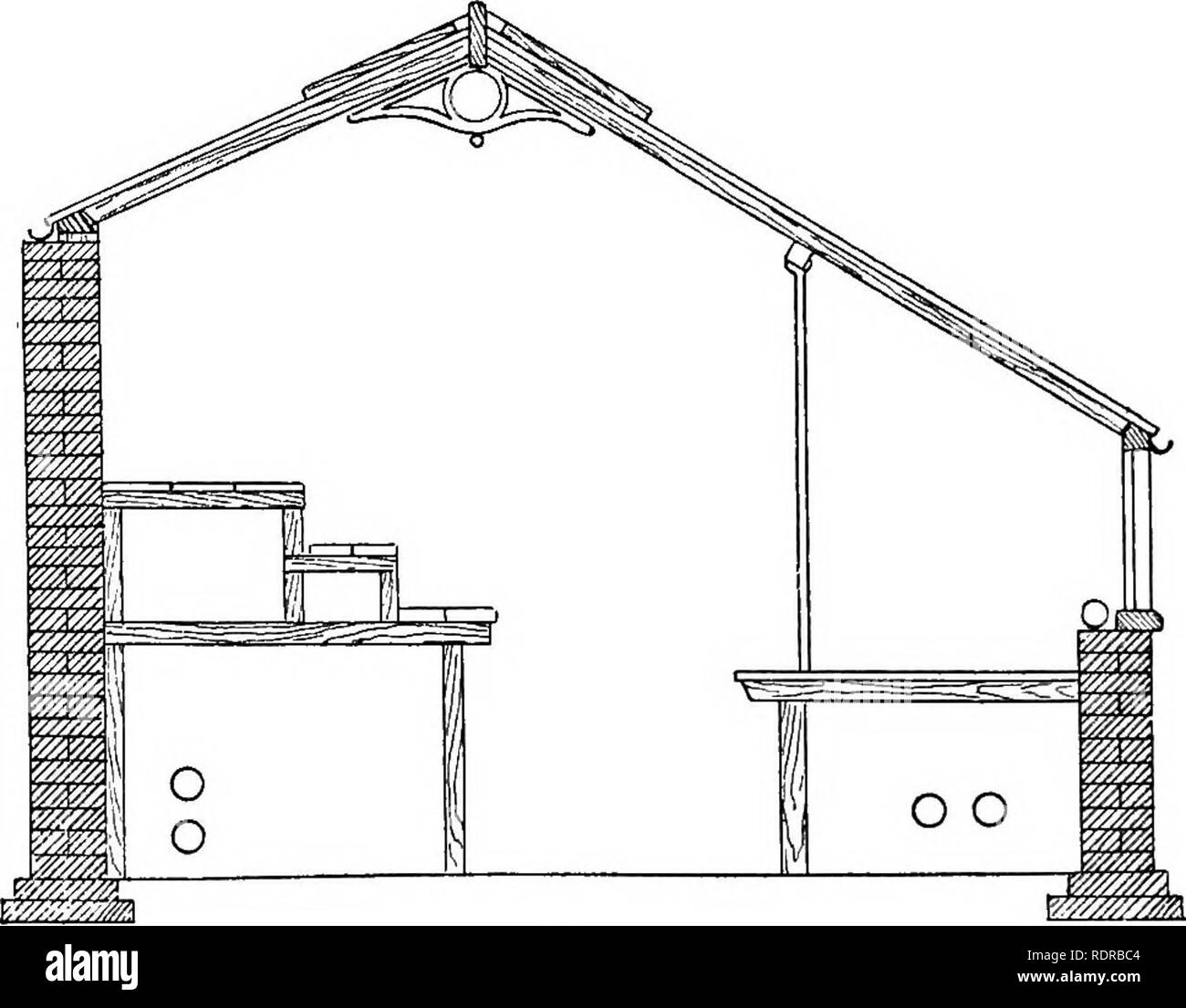The 5-Second Trick For Greenhouse Construction
Wiki Article
Greenhouse Construction - An Overview
Table of ContentsSome Known Questions About Greenhouse Construction.Not known Facts About Greenhouse ConstructionThe 9-Minute Rule for Greenhouse Construction10 Easy Facts About Greenhouse Construction ShownThings about Greenhouse Construction9 Easy Facts About Greenhouse Construction Explained

If you stay in a snowy or rainy area, gothic arc greenhouses are an excellent investment for you because their style permits rainfall and snow to conveniently glide off the sides which stops damages to the entire greenhouse. Traditional A-Frame greenhouses have high, inclined sides. They are a bit harder to warm as a result of this.
Barn-Style greenhouses, like their name indicates, look like a barn. An even-span greenhouse is a full-size framework that has actually one end attached to one more building.
The Definitive Guide to Greenhouse Construction
When picking a greenhouse for your garden, it's crucial for you to discover the benefits and disadvantages of each greenhouse, so that the greenhouse fits best with your area and way of living. Look into our digital book for even more info and images of each kind of greenhouse.Usually, the next action after selecting a greenhouse is making a decision on the foundation or base upon which the framework will stand. With your climate and soil problems in mind, there are several types of greenhouse bases that you can choose from. The key benefit of setting up a base is cold and unfreezing the dirt, which changes gradually and could impact the greenhouse structure (5-7 years).
These legs will certainly hold the greenhouse; nevertheless, it does not get to the frost level for many cool areas, which's where a greenhouse base is something you could think about. Bear in mind that installing a base is optional, however we recommend doing so to expand the greenhouse lifespan. Planta Greenhouses's durable galvanized steel (corrosion and dirt immune) makes the version durable and lasting.
Little Known Facts About Greenhouse Construction.
While the greenhouse frame can last for 20+ years, the polycarbonate panels will certainly last for approximately 15 years, at which factor you can replace with new ones and install them on the existing frame. Call our customer support to discover how you can acquire specific polycarbonate panels. Despite which base you're picking to install, pin it to the ground to avoid high winds from lifting the whole structure off the ground.
We have actually arranged them from sturdiest to least strong click here for more + pros/cons: A concrete piece base is the most resilient foundation for a greenhouse. It does call for planning and work in advance of time, but when it's total, you can forget logistics and concentrate on expanding your food. This base will provide maximum durability to the greenhouse.
The 7-Minute Rule for Greenhouse Construction
Upkeep is as easy as swiping with a mop and Resources washing with cleaning agent when needed. A concrete base is resilient and permanent. Rodents will certainly not be able to passage inside the concrete base. You'll have the ability to plant only in garden beds, pots, etc. Standing water might be a trouble given that it can just drain pipes around the sides of the greenhouse base.A concrete base is one of the most pricey alternative but the most cost-efficient lengthy term. As soon as all shuttering is established to pour the concrete inside, it is reasonably simple to construct. It is also possible to use even more durable correctings, such as expansion screws, to hold the greenhouse base in area.
Although the greenhouse is detachable, you won't have the ability to move the base with it. A wood base is an exceptional solid structure to construct your greenhouse on. You can install it on your existing deck. Building a wood base for your greenhouse is a cost-effective option over time.
Greenhouse Construction for Dummies
Pressure-treated woods have chemicals contributed to them which can leach right into the soil and influence your plants; however, if you opt for normally click here for info rot-resistant wood (i. e. cedar or redwood), it will not take place yet will be costlier. Not as long lasting as concrete. In the lengthy term, wood is much more mould-prone unless it is rot-resistant or pressure-treated.An additional choice is to develop a solid perimeter for the metal base to rest on. You can make it from breeze blocks, paving slabs, wood or concrete. There are 2 sorts of boundary bases: Wood and Concrete. The best way to install your greenhouse over a border base is to position the structure outside edge.
Prior to beginning, note the steel base's dimension on the ground utilizing spray paint to make certain that the leading fits the bottom nicely. It is an excellent alternative in situations where the ground isn't entirely levelled, and you intend to conserve the additional labour of levelling everything out beforehand. You can adjust the elevation of your greenhouse based upon the base you're mosting likely to choose (simplest to do with a wood border base) Economical however strong as a wooden base.
9 Simple Techniques For Greenhouse Construction
If the pieces (or blocks) aren't secured firmly (making use of a cement blend), the entire framework might fall down. We do not recommend laying blocks or slabs on sand alone, as it will clean away eventually and make the base unsteady. It's important to have the appropriate measurements as there is no area for error.If expanding the increased bed from the ground, make certain you remove any origins that might interfere with expanding your plants in the future. The most significant problem with the raised structure is that you might need to change the greenhouse door, make an extra custom one or make an action to get in.
Report this wiki page